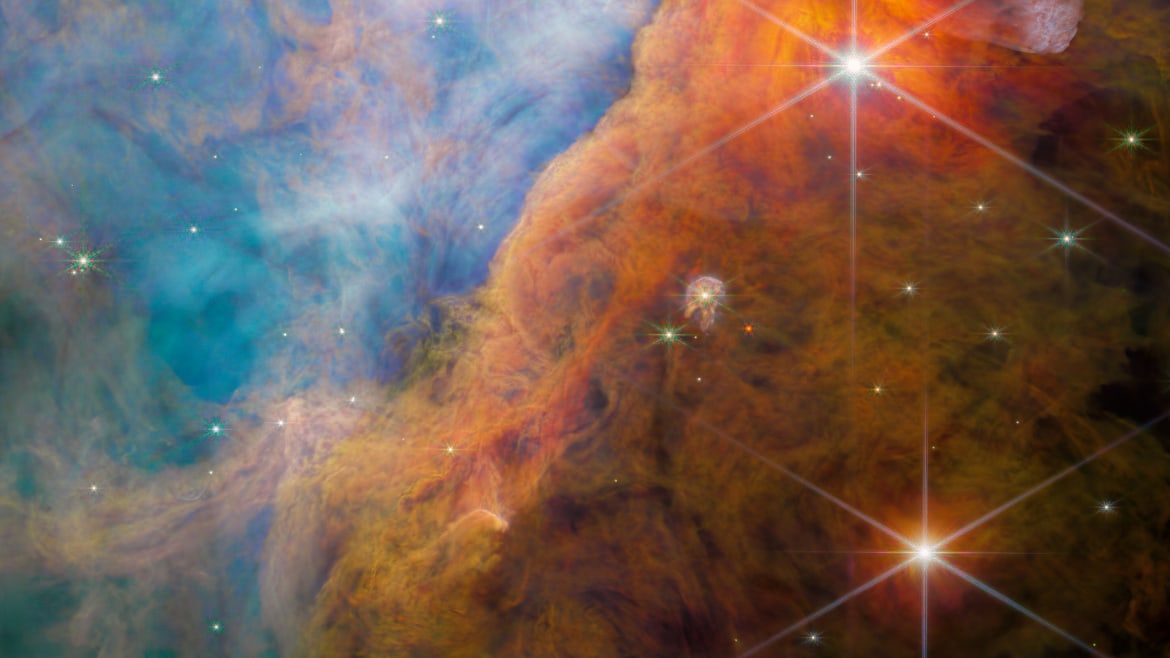ESA/Webb, NASA, CSA, M. Zamani (ESA/Webb), the PDRs4All ERS Team
For the past year, the James Webb Space Telescope has been steadily doling out jaw-dropping pictures of the cosmos—ranging from enormous galaxy clusters, chaotic nebulas, and a star shedding its layers before a supernova.
While the eye candy is great, it’s not the only thing that the JWST can do. In fact, the telescope is armed with a host of instruments to gather a treasure trove of scientific data about the universe around us.
“JWST was built to detect galaxies far far away, but it turns out it can also serve as a machine to discover new molecules in space,” Olivier Berné, an astrophysicist at Institut de Recherche en Astrophysique et Planétologie in France, told The Daily Beast. “This was not really anticipated and shows the incredible potential of this mission.”

